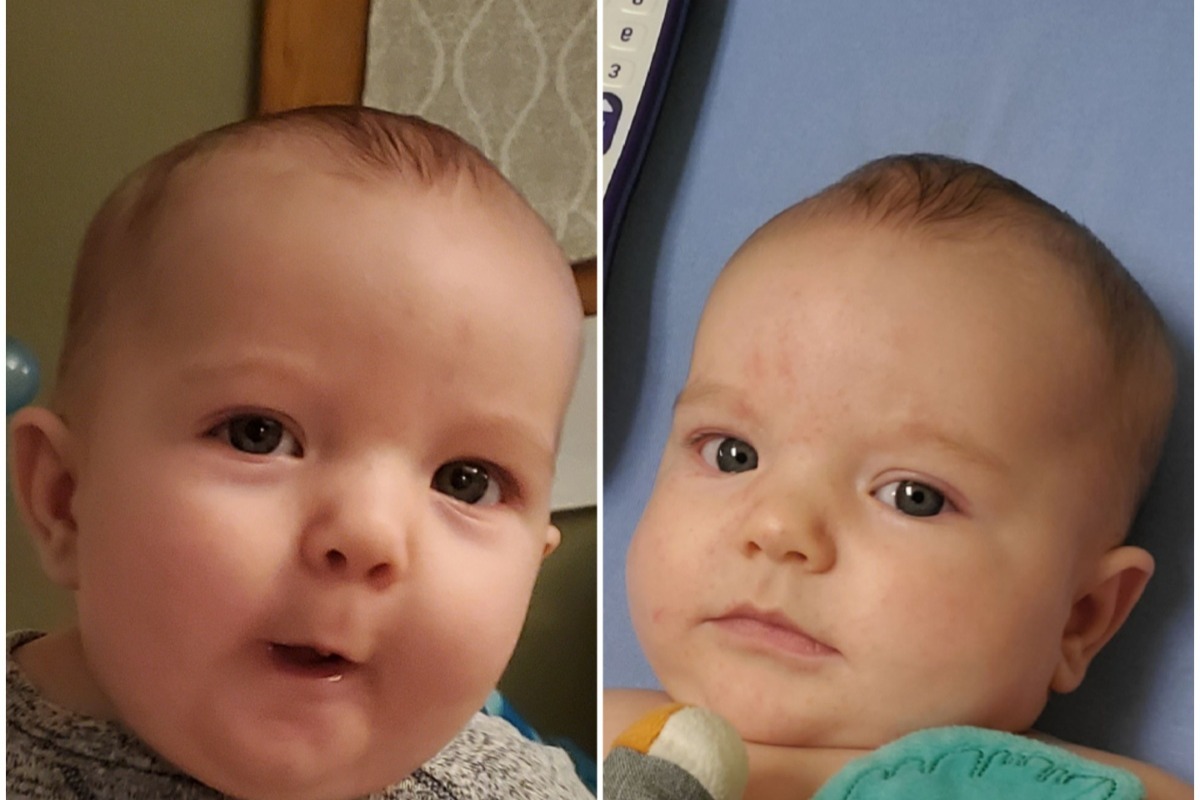

If your child is experiencing this symptom, seek medical attention immediately. It can be a sign of pressure rising inside the skull which may result in damage to the baby’s developing brain. This is known as a bulging fontanel and may be a sign of brain swelling or fluid buildup in the brain.Ī bulging fontanel is an emergency. Parents should watch for soft spots that are curved outward on their baby’s head and feel very firm. A baby’s soft spot should feel relatively soft and curve inward very slightly.Ĭhanges in texture or appearance can be a sign of serious health issues. It’s important for new parents to understand what a fontanel looks and feels like. In some babies, the posterior fontanel, which is found toward the back of the head, can also be felt, though it’s much smaller. Usually, only the anterior fontanel, which is on the top of the head toward the front, can be seen and felt. A newborn has fontanels on the top, back, and sides of their head. When a baby’s born, they typically have several fontanels where bones of their skull haven’t fused yet. Additional medical treatments may be required if craniosynostosis is part of a genetic syndrome with other conditions.A fontanel, also called fontanelle, is more commonly known as a soft spot. Use of a medical helmet may also be necessary.

Typically, this type of surgery occurs prior to age 1. This allows the plates on their head to grow and reshape, and also eases pressure on their brain. The success rate for this form of treatment is high.īabies who have congenital plagiocephaly, or craniosynostosis, often require surgery. You also can place a mobile above their crib to encourage head movement in different directions.Īnother option is “helmet therapy.” Your baby will wear a medical helmet for several months to reshape their skull. However, you should rotate which direction your baby faces in their crib, such as away from or toward the door.

Your baby should lie on his or her back to reduce SIDS. Put your baby in different positions in their crib.Rotate sides during feeding time, which also can help prevent torticollis (twisted neck muscles.).Reduce the amount of time your baby lies in a car seat, baby carrier, baby swing, etc.Plan plenty of tummy time, which also helps strengthen their neck.This can prevent or help correct flat head syndrome.
#Baby soft spot how to
Repositioning is a practice that teaches you how to regularly alternate your baby’s head position. You should begin treatment at a young age, between 3 and 18 months, while the skull is still forming. With craniosynostosis, one or more of the seams close early, affecting the shape of your baby’s head.īased on the type and level of your baby’s condition, doctors may recommend one or more treatment options. This allows their skull to continue growing and reshaping in their first few years. When your baby is born, the seams (sutures) on their head should be open and soft. This is more common in multiple births.Ĭongenital plagiocephaly, or craniosynostosis, is a birth defect. While placing your baby on their back may lead to plagiocephaly, it is still the safest position to place them in for sleep.īabies also can be born with a flattened head due to pressure in the womb.

Premature babies, who have softer skulls, or infants who are hospitalized for a prolonged time are more vulnerable. Sleeping or lying in the same position can produce a flat spot. The main guideline is for babies to be on their back when sleeping. Now known as Safe to Sleep®, the campaign’s goal is to reduce the risk of sudden infant death syndrome (SIDS). It has become more widespread since the mid-1990s, when the National Institutes of Health launched the Back to Sleep campaign. Positional plagiocephaly can occur one of two ways.


 0 kommentar(er)
0 kommentar(er)
